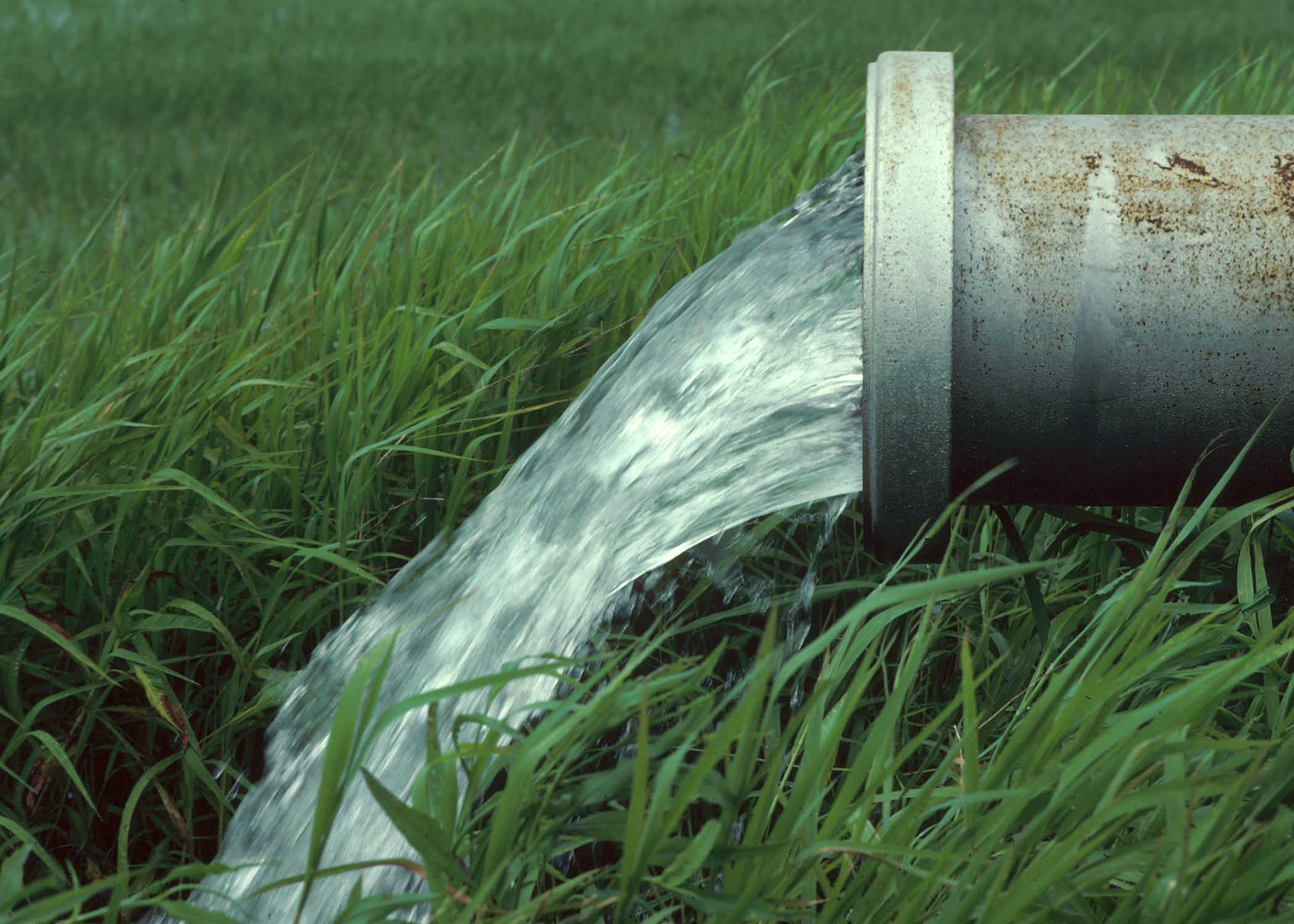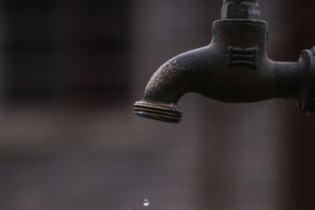“The availability of water must also impact upon better sanitation solutions,” the department said. Teams will be set up to ensure that in the next two months a plan will be put in place to look at how sanitation services can be improved, the department added.
Mokonyane said that all the projects undertaken by the department are meant to develop the lives of women, young girls, the youth, and “particularly the Africans who were always at the tail-end of the services value chain”. “We are here to ensure that this bulk supply project really is off the ground because it is vital for the socio-economic progress of at least 16,000 people in the vicinity,” she said. “It is a scheme that is also cognisant of all kinds of growth, including economic and population.”
Phase two of the Lushushwane Bulk Water Supply Project in Mpumalanga has officially begun.
The beginning of phase two brought out water and sanitation minister Nomvula Mokonyane who was accompanied by local mayors from the Gert Sibande District and Chief Albert Luthuli Local Municipalities.
The mayors and Mokonyane also did a site visit during the launch where they assessed progress that had been achieved during phase one of the project. The project in both its phases has been valued at R90,151,000.
The communities which will benefit from the project once it has been completed include: Bettysgoed, Smithfield, Oshoek, Lochiel, Robinsdale, Aankomst, Pampoen, Houtbosch and Hartbeeskop.
“The project has brought to the fore the possibility of what can be achieved through conscious inter-governmental relations,” the department of water and sanitation said.
The department also highlighted the need for continuous operations and maintenance throughout the duration of the construction of the project to ensure that infrastructure does not collapse.
Mokonyane said current infrastructure was in place to service all members of the community. “Each member of the community has an equal responsibility to protect all water and sanitation infrastructure, together with all other infrastructure that supports communities,” she said.









